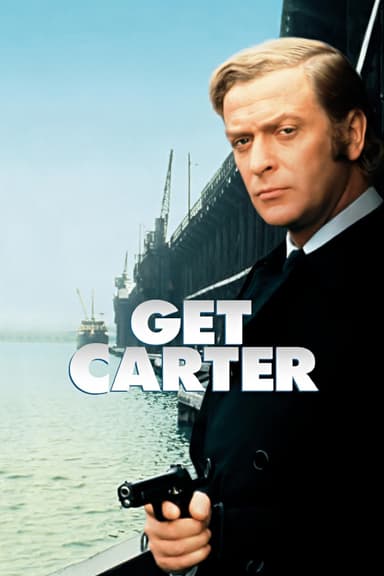
He Ran All the Way
1951 • Crime, Thriller • NR
A crook on the run hides out in an innocent girl's apartment.
Runtime: 1h 17m
Why you should read the novel
Rediscover He Ran All the Way as a riveting crime novel by Sam Ross—the source novel behind the 1951 film. On the page, the story unfolds with raw urgency, psychological nuance, and a pulse only prose can sustain.
Ross’s novel deepens Nick Robey’s fears, desires, and flawed logic, illuminating every choice that spirals into catastrophe. If you love classic noir fiction, the book’s atmosphere and grit are irresistible, making it a must-read for fans of crime literature.
Read the novel before (or instead of) the movie to experience the themes from the inside out—class, paranoia, and desperation. Borrow, buy, or download Sam Ross’s He Ran All the Way today and appreciate the book vs movie distinction at its best.
Adaptation differences
Perspective and interiority (book vs movie): The novel lets you inhabit Nick Robey’s mind—his scrambled thoughts, guilt, and rationalizations—while the film naturally externalizes tension through action, framing, and performance. On the page, motive and fear are explicit; on screen, they’re mostly inferred.
Structure and scope: The movie condenses events into a tight, apartment-bound hostage thriller, optimizing suspense and pace. Sam Ross’s book lingers on backstory, city textures, and secondary characters, giving the crisis broader context and a slower-burn inevitability.
Tone and content: Guided by Production Code boundaries and studio pressures, the adaptation tempers violence, sexuality, and social rough edges. The prose is franker and bleaker, speaking more candidly about fear, poverty, and moral drift—differences that readers often notice in book vs movie comparisons.
Resolution and theme: On screen, consequences arrive more explicitly and swiftly; on the page, ambiguity and psychological causality resonate longer. The novel’s emphasis on inner damage and social pressure clarifies motives the film only implies, highlighting key adaptation differences worth exploring by reading first.
He Ran All the Way inspired from
He Ran All the Way
by Sam Ross










